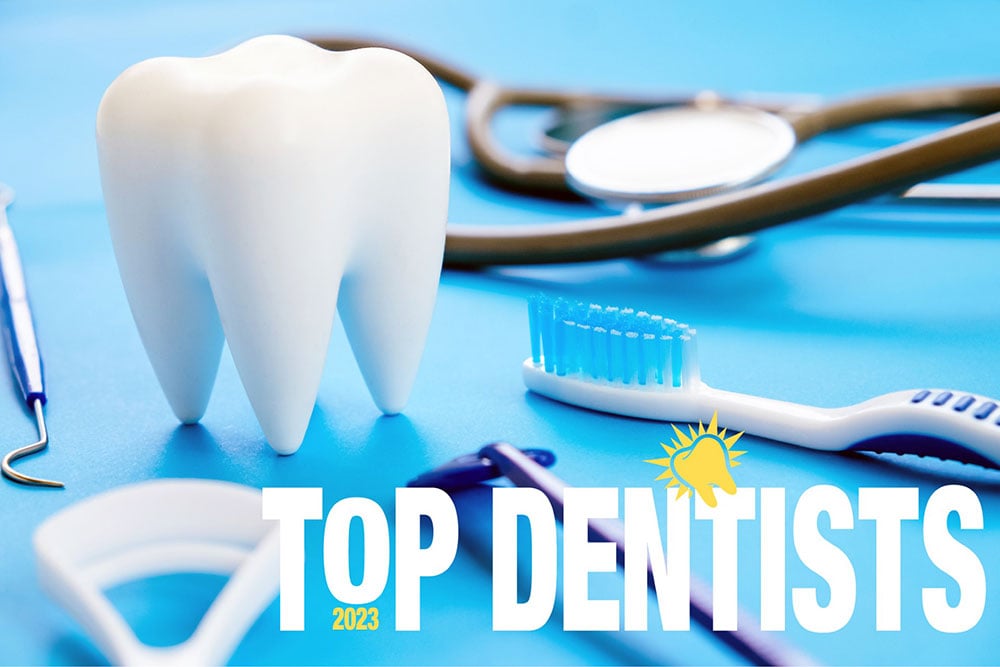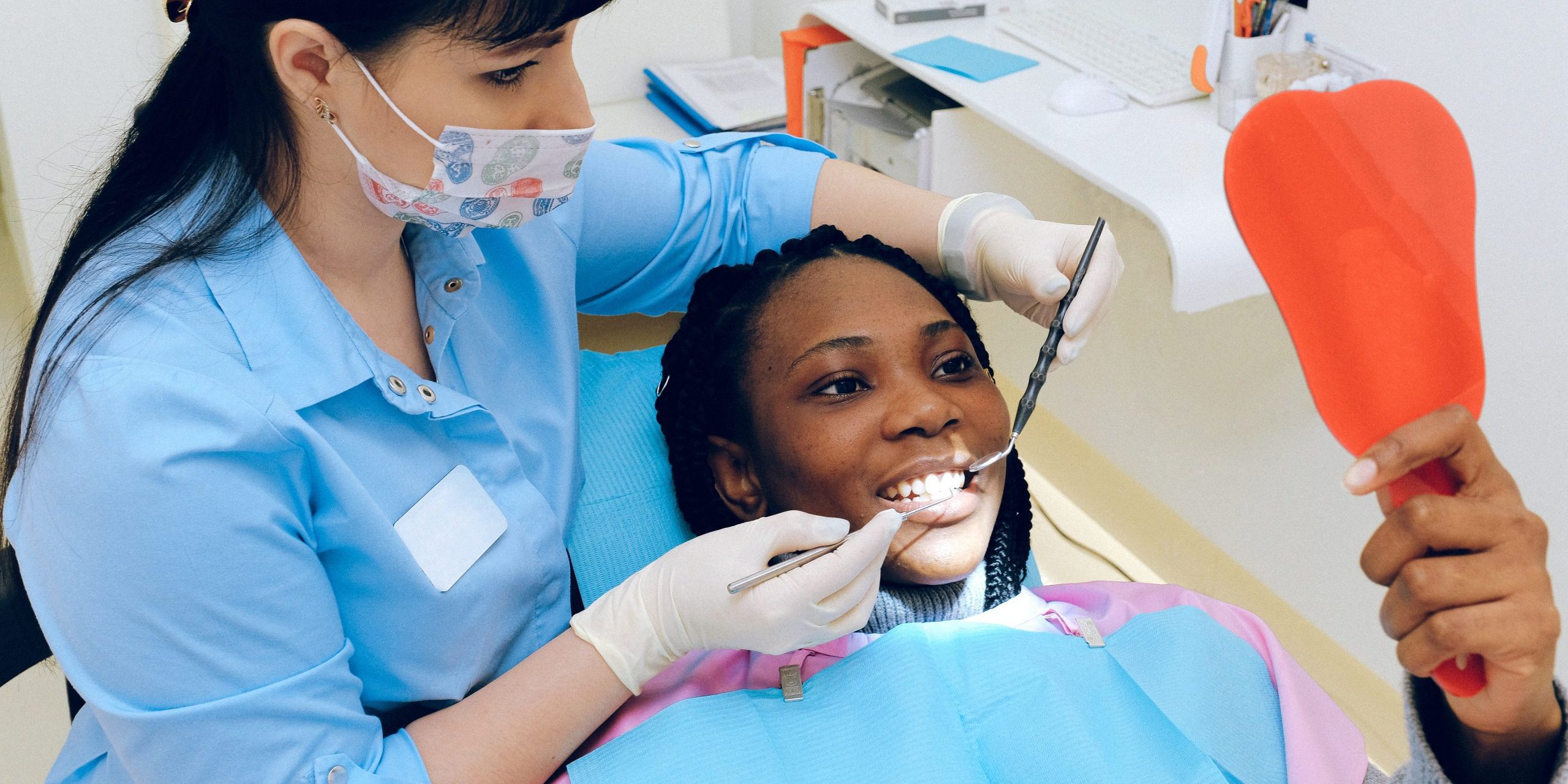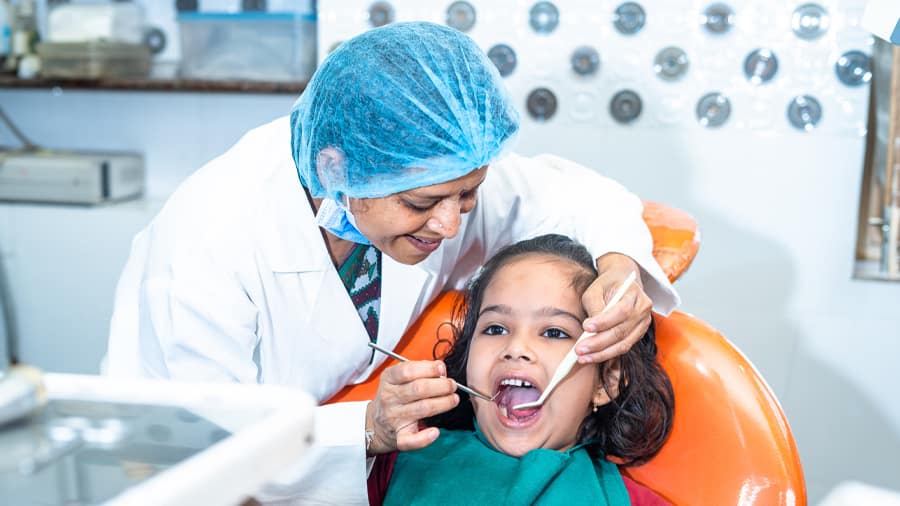Introducing the Most Current Innovations in Oral Procedures for Boosted Oral Health And Wellness
In the realm of modern-day dentistry, a continual stream of developments is forming the landscape of oral treatment. From innovative imaging technologies giving unprecedented analysis precision to minimally intrusive therapies reinventing conventional procedures, the area is witnessing an exceptional evolution. Digital dental care remedies are paving the means for much more efficient and precise treatments, while laser dental care developments are using new possibilities for accurate and basically painless treatments. Additionally, regenerative treatments hold the promise of not just treating but genuinely recovering dental health to levels previously unthinkable. As these most current innovations redefine possibilities in dental procedures, the mission for ideal oral health and wellness tackles a brand-new dimension, triggering both experts and individuals to discover the amazing perspectives that exist in advance.
Advanced Imaging Technologies
Advanced imaging modern technologies in dentistry have reinvented the means dental experts detect and therapy plan for different dental wellness conditions. These advanced innovations, such as cone light beam computed tomography (CBCT) and electronic intraoral scanners, give detailed 3D photos of the teeth, bones, nerves, and surrounding cells with exceptional precision. By making use of these advanced imaging tools, dental professionals can identify concerns like cavities, infections, impacted teeth, and bone abnormalities at earlier stages, resulting in a lot more efficient and targeted therapy plans.
CBCT, particularly, has become an important tool in maxillofacial and oral surgery, implant placement, and orthodontic treatment preparation. Its ability to provide accurate anatomical information in 3 measurements has actually dramatically enhanced the success prices of complicated procedures while reducing risks. In addition, electronic intraoral scanners have actually transformed the traditional method of taking oral impacts, supplying even more comfort to clients and improving the effectiveness of creating aligners, crowns, and bridges.
Minimally Intrusive Treatments
With the progression in the direction of much more exact diagnostics and treatment preparation promoted by sophisticated imaging technologies in dental care, the focus currently moves in the direction of the application of minimally invasive therapies to optimize person treatment outcomes. Minimally intrusive therapies in dentistry purpose to save healthy and balanced tooth structure while effectively attending to dental concerns. This method entails making use of methods and treatments that require the least quantity of intervention needed to achieve the preferred outcomes, decreasing person pain, protecting natural teeth, and advertising faster healing times.
Among the key benefits of minimally intrusive treatments is the preservation of healthy tooth structure. By making use of techniques such as air abrasion, laser dentistry, and remineralization treatments, dentists can target certain locations of decay or damage without the requirement for extensive drilling or removal of big sections of the tooth. Stoney Creek Cosmetic Dentistry. This not just aids preserve the stamina and honesty of the tooth but likewise minimizes the threat of future complications
Digital Dentistry Solutions
Digital dentistry options have actually changed the field of dentistry by enhancing procedures and boosting precision in diagnostics and treatment planning. These innovative innovations include different devices such as intraoral scanners, CAD/CAM systems, and 3D printers, supplying countless advantages to both dental experts and individuals.

Moreover, digital dentistry enhances patient experience by making it possible for tailored therapy plans based on precise electronic data. Clients can envision the recommended therapies with virtual simulations, bring about far better educated decision-making and ultimately boosting therapy acceptance prices.

Laser Dentistry Innovations
Recently, the area of dentistry has seen substantial improvements in laser innovation, paving the way for innovative applications and therapies in what is referred to go as Laser Dentistry Innovations. Laser dental care offers a minimally intrusive option to traditional oral procedures, providing people with more accurate and comfy therapies. One key technology in laser dentistry is the usage of lasers for tooth cavity detection. Laser innovation can spot cavities at their very early phases by gauging the reflection of the laser light off the tooth enamel, permitting for prompt treatment and prevention of additional decay - Dental Implants Stoney Creek.
In addition, lasers are progressively being utilized in treatments like gum reshaping, periodontal therapies, and also teeth bleaching. Laser dentistry can efficiently target details areas without this contact form affecting surrounding tissues, causing faster recovery times and reduced discomfort for clients. The accuracy of lasers additionally enables more conservative treatment choices, protecting even more of the all-natural tooth framework. In General, Laser Dentistry Innovations represent an innovative technique that boosts person outcomes and enhances the delivery of dental care.
Regenerative Treatments
Progressing the area of dentistry, regenerative therapies represent an encouraging method for advertising tissue repair work and regeneration in oral health care. These cutting-edge therapies aim to harness the body's all-natural recovery capabilities to bring back damaged dental cells, providing potential solutions for numerous oral problems such as gum condition, missing teeth, and bone degeneration.
One essential area where regenerative treatments have shown substantial development is in gum illness treatment. By boosting the growth of brand-new bone and cells, these therapies can aid repair the damages created by advanced gum tissue illness, ultimately maintaining the teeth and supporting frameworks.

Final Thought
Advanced imaging modern technologies, minimally invasive therapies, electronic dentistry services, laser dental care technologies, and navigate to this website regenerative therapies are shaping the future of oral treatment. These innovations offer more accurate medical diagnosis, much less intrusive treatments, and faster healing times for clients.
Digital dental care remedies are leading the way for more effective and precise treatments, while laser dental care technologies are offering new possibilities for basically pain-free and specific therapies.With the development in the direction of extra specific diagnostics and therapy preparation promoted by advanced imaging technologies in dentistry, the focus currently changes in the direction of the application of minimally invasive treatments to optimize client care outcomes.In current years, the area of dental care has seen significant developments in laser innovation, paving the means for cutting-edge applications and therapies in what is understood as Laser Dentistry Innovations. Laser dentistry supplies a minimally intrusive option to conventional dental treatments, giving individuals with more comfy and exact treatments. Advanced imaging technologies, minimally intrusive treatments, digital dental care options, laser dentistry technologies, and regenerative treatments are shaping the future of oral care.